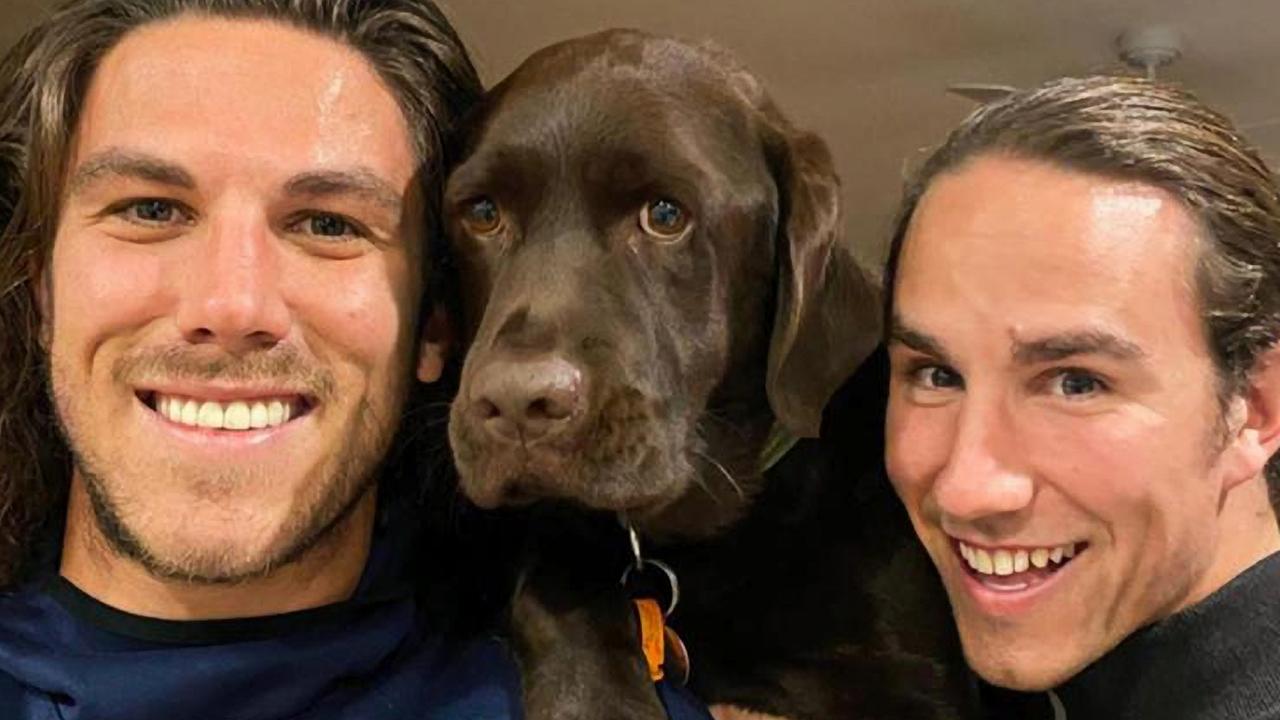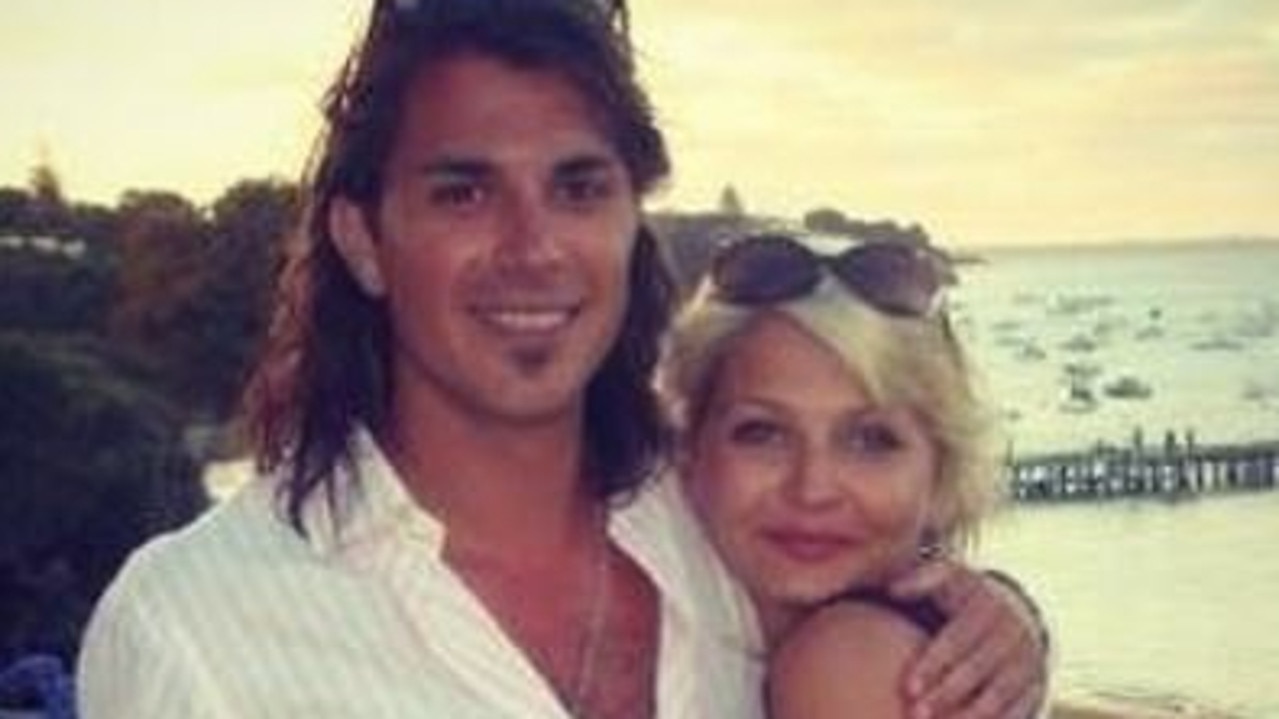Dead Wrong: Jeffrey Brooks ‘accidental death’ theory shot down
AN international expert in gunshot wound trajectory has decimated the police theory that a young scientist “accidentally’’ shot himself. NEW PODCAST AVAILABLE NOW
Crime in Focus
Don't miss out on the headlines from Crime in Focus. Followed categories will be added to My News.
AN international expert in gunshot wound trajectory has decimated the police theory that a young scientist “accidentally’’ shot himself at a Queensland crayfish farm.
Prominent US forensic pathologist Dr Judy Melinek has reviewed the shooting death of Jeffrey Brooks, and found the police determination “doesn’t comport with the evidence in his body”.
Dr Melinek, a former New York City Medical Examiner who has conducted more than 3000 autopsies – including a number in the aftermath of the 9/11 terror attacks – said the case should have been treated as a homicide until a thorough investigation was able to prove otherwise.
She countered the police view of how Jeffrey died, due to the immense difficulty of achieving the downward angle of the fatal wound on his upper left chest.
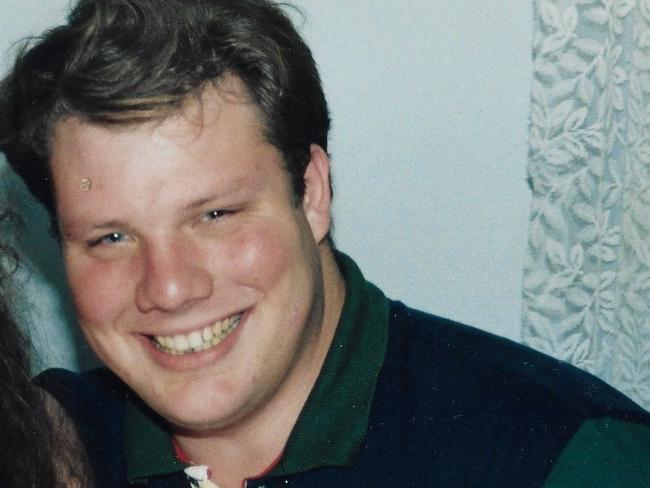
Dr Melinek also said there were no burn marks on Jeffrey’s forearm that should have been present under the scenario presented by investigators.
This is backed by a similar assessment from another prominent forensic pathologist, Dr David Ranson, whose advice indicated if the victim had been shot at a range of 50cm, as police believed, there should have been evidence of burn marks, soot and powder “tattooing’’.
As revealed in The Courier-Mail’s true crime podcast, Dead Wrong, Jeffrey died in mysterious circumstances at the Beenleigh Crayfish Farm in 1996. The latest episode of the podcast, Shot Down, is available now.
LISTEN TO DEAD WRONG NOW
Detectives determined the 24-year-old accidentally killed himself with an old shotgun when he tried to pull it out of a farm ute, barrel first, to shoot birds and it discharged.
However, Jeffrey’s parents Lawrie and Wendy, friends, the farm’s owners and private investigators believe he was the victim of foul play due to revelations made in the Coroner’s Court that he had been threatened, feared for his life and always refused to use the antiquated gun that caused his death.
A report from a private investigator working for the owners of the property also identified a lucrative operation of unauthorised cash sales of crayfish and revealed Jeffrey had confronted his co-workers over this.

Dr Melinek has been consulted as a forensic expert in many high-profile legal cases, as well as for television shows ER and Mythbusters. She is co-author of The New York Times bestseller Working Stiff: Two Years, 262 Bodies and the Making of a Medical Examiner, which includes her experiences during the response to the 9/11 attack on the World Trade Center.
She’s published in the field of trajectory examination and works alongside animators to better interpret gunshot wound trajectory, whether it’s officer-involved shootings or criminal acts.
It’s in this area Dr Melinek was able to provide invaluable input into Jeffrey’s case.
She said she was “not buying’’ the police theory for two key reasons.
One was that Jeffrey would have been leaning so far forward to achieve the downward angle of the shot that it would have “violated some of his balance’’.
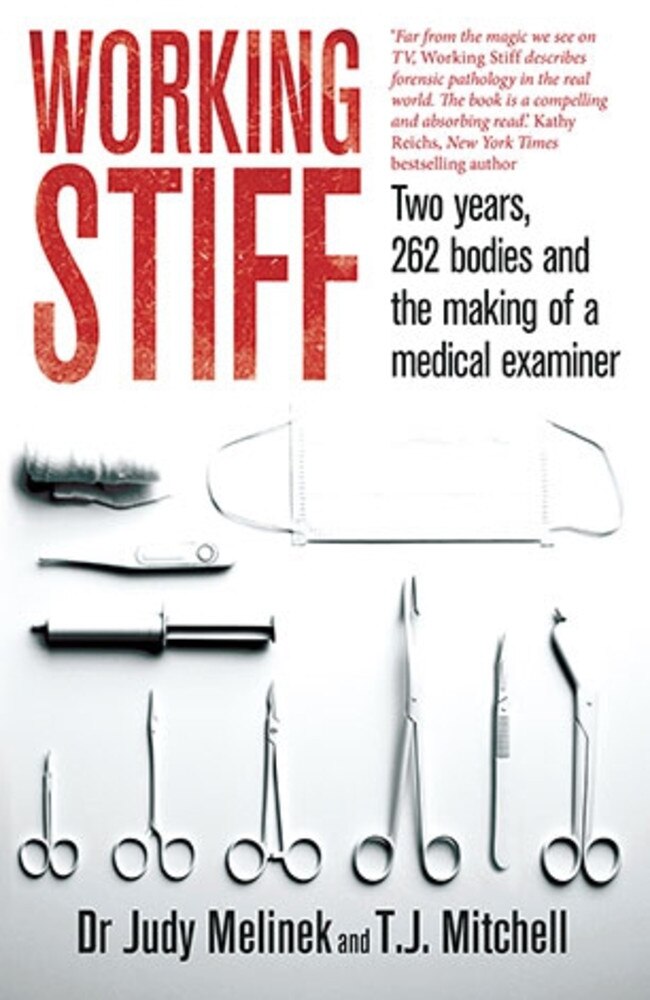
“Number two, for him to grab the gun that way to get the right angle on his chest, I’d expect to see a burn mark on his forearm and I don’t see that,’’ Dr Melinek said.
“For him to have a downward trajectory in his body, he would have to be leaning so incredibly downward … it would be an incredibly awkward way to pick up that gun,’’ she said.
“The only way I can see this being an accident is if somehow, and I’m speculating here, he’s reaching in and somehow loses his balance and is falling backwards but still crouched forwards, but it still doesn’t explain why there’s no burn mark on the forearm.’’
Like Jeffrey’s family and other experts who have looked at the case, she was frustrated by the destruction or disappearance of some vital evidence and shortfalls in the investigation.
“I want to emphasise that the autopsy is only a portion of the examination. You always need a thorough and complete police investigation,’’ she said.
“Most crimes are not solved with a microscope – they are solved by good police work and preservation of the evidence.
“And preservation of the evidence means things like keeping the gun, keeping the shot, interrogating witnesses, getting their stories, backing them up, checking to make sure their alibis are solid. If you don’t do that basic police work, you may as well say I’m turning down every case I ever get.’’
Dr Melinek said in the US, a case which police could not rule as an accident, homicide, suicide or natural death was categorised as “undetermined’’.
“In order to make a definitive ruling you need more evidence and they (police in Jeffrey’s case) didn’t do such a hot job preserving the evidence, so that’s part of the problem here.’’
Dr Melinek said doing gunshot residue (GSR) tests on Jeffrey would have been beneficial if it showed he didn’t have any GSR on him and others did.
It would also have been compelling if GSR was found on others, who had claimed they had not been using a weapon.
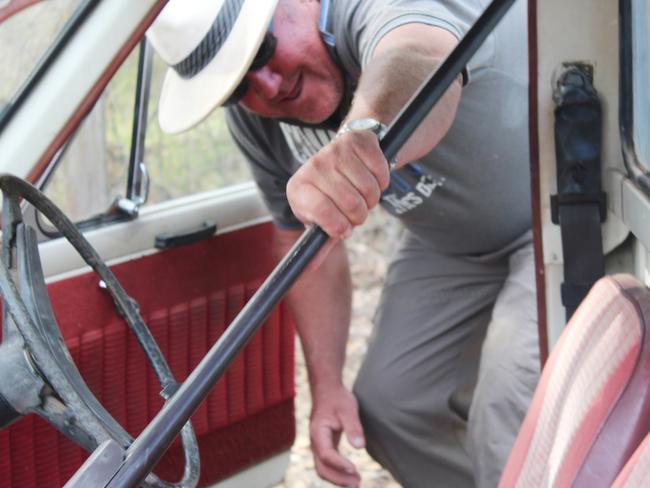
She said she would have preferred to have seen a more definitive measurement of the wound, which was logged as “approximately 3cm’’, by the pathologist in the case.
“This is not supposed to be an approximation: this is a science,’’ she said.
“You need measurements in decimal points to the best of your ability and granted, the way you position the body, the shape of it might change, but then you acknowledge that and you say it is in an axillary skinfold and the range of the wound is between 2-3cm depending on the flexion of the upper arm.’’
Coroner Trevor Anders, in 1998, delivered an open finding in the case, saying he not rule out either homicide or accident based on the evidence presented at the time.
Backed by new evidence, Jeffrey’s family now wants the Office of the State Coroner to re-open the inquest in a bid to find the truth.
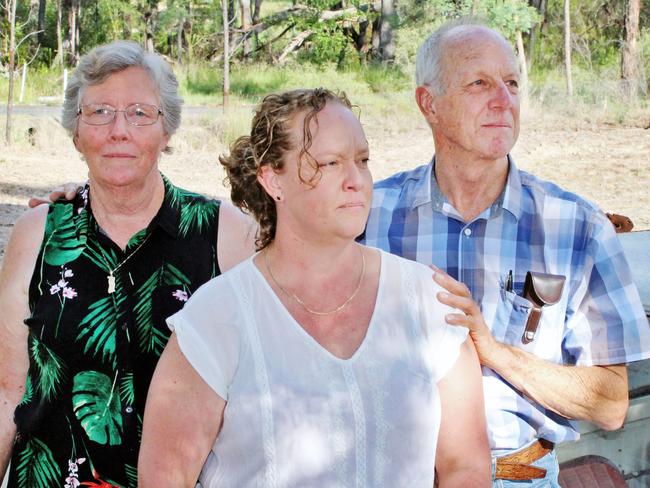
DEAD WRONG: WHAT WE’VE UNCOVERED IN THE JEFFREY BROOKS CASE
THE VICTIM:
Young scientist Jeffrey Lawrence Brooks, 24, was found dead from gunshot wounds in a work vehicle at the Beenleigh Crayfish Farm at 3.25pm on March 13, 1996. He had been sent in by the owners to try and find a way to make a failing business profitable.
WHAT POLICE FOUND:
- Investigators determined Jeffrey accidentally and fatally shot himself through the chest as he tried to wrest an old shotgun out of the vehicle by the barrel and it went off. They believe he might have been trying to shoot birds swooping on crayfish, or a snake.
WHAT THE EXPERTS SAY:
- Prominent US forensic pathologist Dr Judy Melinek reviewed the case and found the angle of shot proposed by police doesn’t fit the evidence on the body.
- Advice from another top forensic pathologist, Dr David Ranson, indicated if the 24-year-old was shot at a range of 50cm, as police believe, there should have been evidence of burn marks, soot and powder tattooing, which there wasn’t.
- A major insurance investigation, commissioned and accepted by WorkCover, concluded the death was “not an accident’’ and police had made a series of basic errors.
- Three sets of range-of-shot ballistics tests, including one commissioned by The Courier-Mail with a leading firm that works with the ADF, conclude that the 3cm wound on Jeffrey could only be replicated from 1.1m to 1.25m – well beyond his reach of 65cm.
- Former top cop-turned private investigator Warren Smithers, working for the farm owners, uncovered large-scale unauthorised sales of crayfish at the property.
THE FEARS
- Immediately after hearing about Jeffrey’s death, farm co-owner Greg Milham called police and asked them to “treat this as a homicide” as the victim had been subjected to threats.
- The inquest in the case heard evidence that Jeffrey was concerned he may “cop a bullet’’ such was the tension between workers.
- Jeffrey’s brother David gave a statement to the Coroner that his brother had been so concerned for his safety at the farm that he had borrowed a shotgun – for protection.
- Farm sales manager Paul Stewart revealed that just over an hour before his death, Jeffrey made a chilling phone call to him, blurting “I have found something … curiosity killed the cat’’.
- Best friend Paul Martin recalled the last dinner he had with Jeffrey where he told him he feared for his safety after he uncovered unauthorised cash sales at the farm and confronted those involved.
WHAT DOESN’T ADD UP
- The old gun involved in the death was not owned by Jeffrey, but the farm manager, and Jeffrey had always flatly refused to use it due to safety concerns.
- Jeffrey’s new firearm was within a few hundred metres of him and used the same ammunition as the old gun.
- The farm manager told police that his old gun was locked up in the shed, so in this version of events, Jeffrey went to the shed to obtain a firearm to shoot birds and instead of grabbing his new weapon in perfect working order, took the shotgun he told everyone was dangerous.
- A farmhand was working within a few hundred metres of Jeffrey when the gun went off, but says he didn’t hear the shot, while a neighbour 1km away gives a statement that he did. The farmhand said he was working with a noisy “feeder’’ machine.
- Police destroyed the old gun in the case due to a “clerical error’’.
- Investigators did not undertake adequate trajectory analysis to determine whether it was possible for Jeffrey to shoot himself.
- Autopsy photos go missing from the file and are unable to be obtained by the parents, independent investigators or The Courier-Mail.
Tune in to the latest Dead Wrong podcast, Shot Down, by clicking on the player above. You can also download it from iTunes or your preferred podcast platform or visit couriermail.com.au/deadwrong
Originally published as Dead Wrong: Jeffrey Brooks ‘accidental death’ theory shot down

